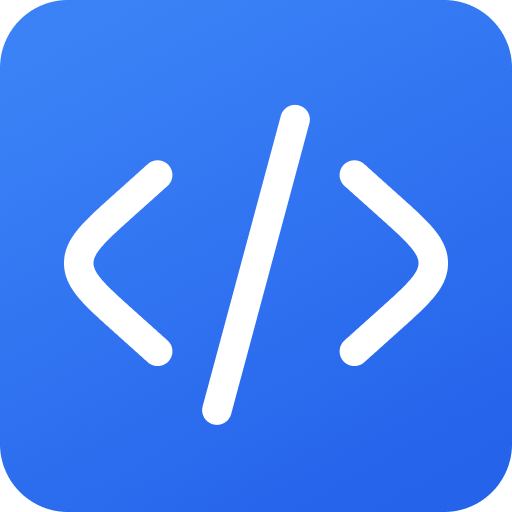The method
Use these prompts in ChatGPT by copying and pasting them. Provide context about your n8n setup, including workflow complexity & data sensitivity. Refine the prompts with specific workflow details for personalized security assessments, and tailor based on use case.
The prompts
Prompt 1
Analyze the following n8n workflow definition (paste workflow JSON here) for potential security vulnerabilities. Focus on areas such as credential management, data handling, external API integrations, and access control. Identify potential risks like insecure storage of API keys, exposure to injection attacks, lack of input validation, and unauthorized access to sensitive data. Provide specific recommendations on how to mitigate these risks, including code examples or suggestions for alternative n8n nodes or configurations. Also, assess the overall security posture of the workflow and suggest best practices to enhance its resilience against potential threats. Consider aspects such as rate limiting, error handling, and logging to ensure a robust and secure workflow implementation.
Prompt 2
I'm designing an n8n workflow to automate [describe use case, e.g., customer support ticket processing, lead generation, data synchronization]. The workflow interacts with [list external services, e.g., Zendesk, Salesforce, Google Sheets]. What are the key security considerations I should be aware of when designing and implementing this workflow? Specifically, how can I securely manage API credentials, protect sensitive customer data, prevent unauthorized access, and ensure the integrity of the data being processed? Provide practical advice and best practices for building a secure and reliable n8n workflow for this use case. Consider potential attack vectors such as data breaches, phishing attempts, and denial-of-service attacks, and suggest countermeasures to mitigate these risks.
Prompt 3
Given the following n8n workflow description (paste a textual description of the workflow), identify potential compliance risks, especially concerning GDPR, HIPAA, or other relevant data privacy regulations. The workflow involves [describe data handling aspects, e.g., collecting personal data, storing sensitive information, transferring data across borders]. Assess whether the workflow adheres to the principles of data minimization, purpose limitation, storage limitation, and accountability. Provide recommendations for modifying the workflow to ensure compliance with applicable data privacy regulations. Suggest specific measures to protect data subjects' rights, such as the right to access, rectification, erasure, and data portability. Consider also how the workflow can facilitate data breach notification and incident response procedures.
